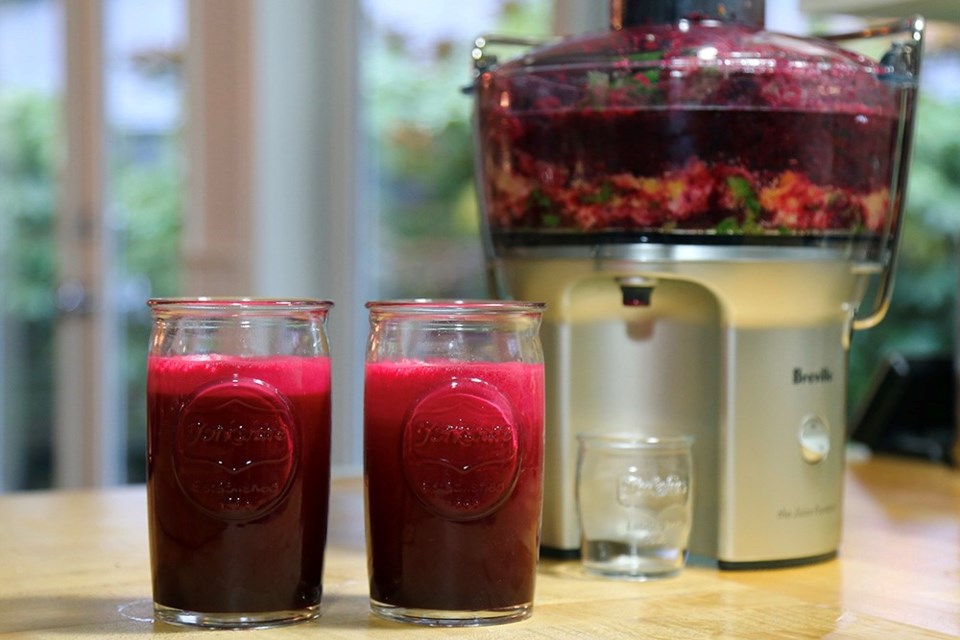Mid-February is when thing start to change in our garden. Certainly, mornings are frosty and days can be cold, but the promise of spring is palpable, the growing season clock starts ticking in earnest, and I hunger for more home-grown goodness.
It is time to prepare indoor seed-starting supplies, supplement our seed stock, tidy the toolshed, and rub a bit of olive oil over my dad’s old tools.
As an avid cook, I plan my garden based on the vegetable, fruit and herb ingredients that I rely on daily in the kitchen, and to preserve for our pantry and holiday gifting.
There are some things that I cannot grow myself in sufficient quantities to ripen and harvest all at once for bulk canning — San Marzano tomatoes, blueberries, peaches, strawberries — so I rely on organic growers for supply.
I’ve fallen in love with dwarf fruit trees, root vegetables (especially carrots and beets), tomatoes, kales, garlic, onions, beans, cucumber, squash, melons, potatoes, perennial and hardy greens, small berry bushes, and of course herbs, for their resilience and forgiveness, and for their slow-food generosity of time that they afford me to relax, free from anxiety over bolting, wilting, heat stroke, sun-scald and the like.
After last year’s extreme weather fiascos, I will grow peas and lettuce together, very early in the season only, in narrow planters up against the fence. The peas will fix nitrogen for followers, and the lettuce will benefit from a bit of shade as the peas mature. Local farmers do a great job growing and washing lettuces for sale at farmers’ markets, so I am happy to pay a premium to support their expertise for most of the season.
We have been growing kale, spinach and arugula for salads, braises, smoothies and juicing, and we just love the tender rapini-like shoots that the late-summer sown kales send up in the spring. Having home-grown carrots, beets, parsnips, cucumber, peppers, apples and pears to add to smoothies and juices is a treat, and we can just feel their fresh-made nutrient-dense goodness coursing through our veins.
If I had limited garden bed space, or just space enough for patio pots, I would grow a “green juice” garden, including many perennial herbs, kale, hardy cut-and-come-again greens like arugula, spinach and mustards, plus radishes, a favourite hot pepper, and a few vining cucumbers, peas and beans to grow on trellises.
From such a garden I could imbibe daily, and with a little ingenuity I could garden straight through the winter. I could then rely on a small cool-storage stock of bulk apples, carrots, beets and oranges from the green grocer, plus bulk ginger, turmeric, blueberries and lemon juice to freeze, to form the basis of many colourful, delicious and nutrient-dense drinks.
If you are considering starting a fresh juice garden, give these healthful bevvies for two a go:
Heart Beet - Citrus and Gingery Heat
- 1 large red beet, topped and tailed, quartered - skin on
- 1 medium carrot - skin on
- 1/2 large parsnip, peeled to remove bitterness
- 1 thumb-size knob of fresh ginger - washed, skin on, halved
- 2 medium sweet oranges, peeled and quartered
- 1/2 lemon, peeled and quartered
- 1/2 English cucumber, or 4 Persian cucumbers - washed, skin on
- *optional “hot shot” - 1/8 tsp cayenne pepper plus honey to taste
Gabby’s Greenie - Pear Apple Spinach Ginger
- 1 large sweet apple - washed, skin on and core in, quartered
- 2 large sweet pears - washed, skin on and core in, quartered
- 1 thumb-size knob of fresh ginger washed, skin on, halved
- 1/4 peeled lemon
- 2 cups baby spinach leaves - washed, firmly packed, stems and all
- 1 sprig fresh mint - washed, stalk included
- 1 small English cucumber, or 6 Persian cucumbers - washed, skin on
Process in order, in a juicer. For a smoothie version: peel ginger, pit and core fruit and citrus, and cut ingredients into chunks before blending into (250 ml) cold water or nut milk, plus 125 mL ice. Ingredients may be cold or room temperature.
Experimenting with a variety of greens and herbs, and including (1 Tbsp. each) supplements like hemp hearts, ground flaxseed, marine collagen, and omega-3 oil can add variety and valuable micronutrients to your diet. Mix it up. Enjoy!
Laura Marie Neubert is a West Vancouver-based urban permaculture designer. Follow her on Instagram @upfrontandbeautiful, learn more about permaculture by visiting her Upfront & Beautiful website or email your questions to her here.
For a taste of permaculture, click on the YouTube link below:
(Video - Courtesy of West Vancouver Memorial Library)



